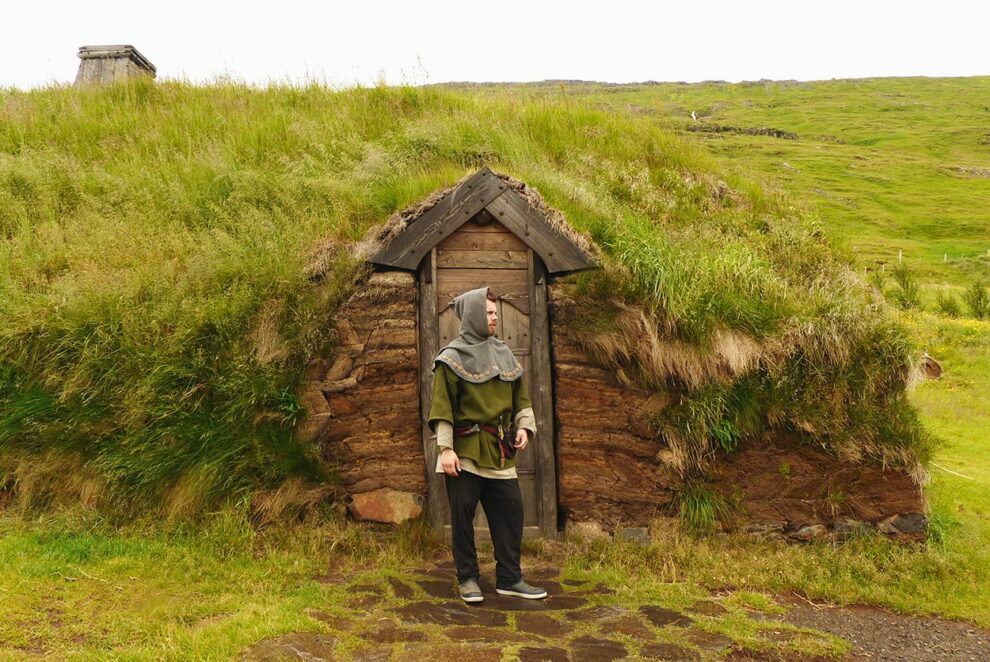
A good thousand years ago, the Vikings reached Greenland and settled there for around 400 years – until a change in climate to lower temperatures forced them to give up. However, new data now suggest that another effect drove the Vikings to flight: As the Greenland ice masses grew, they caused the local sea level to rise – and flooded the fields and pastures of the Viking homesteads.
The Vikings were masterful seafarers. In their relatively primitive boats they crossed the Atlantic more than a thousand years ago, thanks to simple navigation aids such as feldspar crystals as a “sun compass”. When Erik the Red was banished from Iceland in 985, he sailed as far as Greenland and founded a first settlement there, more Vikings followed and settled the coasts of southern Greenland. Relics of their buildings, but also bones and objects from that time testify to their presence there.
Mystery of the exodus of the Vikings from Greenland
But after around 400 years, the Viking era ended on Greenland. At the beginning of the 15th century, almost all Vikings had left their settlements. However, the reason for Greenland’s abrupt abandonment has so far been controversial. According to current theory, a change in climate drove the Vikings from the giant island, because their retreat coincides with the beginning of the “Little Ice Age” – a cooling that was measurable, especially in the northern hemisphere, which led to rainy, cool summers and frosty winters. The Little Ice Age caused crop failures and famine in Europe and North America.
Such a cooling would have had significant consequences for the Vikings in the already cool Greenland. The glaciers were advancing, even in summer it was barely warm enough for plants to be grown and the sea ice blocked the free passage of the ocean. Whether the Little Ice Age also had this effect on the Greenlandic climate and to what extent socio-economic factors also played a role in the exodus of the Vikings is controversial. In order to create more clarity, Marisa Borreggine from Harvard University and her colleagues examined one aspect of possible climate change: the local sea level. With the help of a computer model, they determined what effects the advancement of the glaciers would have had on the coastal ocean.
The level could have risen by five meters
“Data from glacier morphology and paleoclimatology suggest that large parts of the South Greenland ice sheet began to advance again and reached their peak in the Bran Ice Age,” the scientists explain. “This advance of the glaciers must have caused the sea level to rise at the edge of the ice.” As the simulations showed, the increasing ice mass causes, on the one hand, a lowering of the subsurface due to the higher load. As a result, the coast was more susceptible to flooding. On the other hand, the glaciers developed a mass attraction that caused the sea level to rise locally.
Specifically, the modeling showed that the sea along the south coast of Greenland must have risen by around five meters from the beginning of the Viking settlement until their exodus. This was enough to flood the coastal region hundreds of meters inland. Because the Vikings had laid out a large part of their fields and pastures in the flat, fertile coastal plains, this loss of land hit them hard. According to Borreggine and her colleagues, this at least contributed to the Vikings abandoning their settlements on Greenland and returning to Scandinavia.
Source: American Geophysical Union (AGU) Fall Meeting 2021; PP31C-07